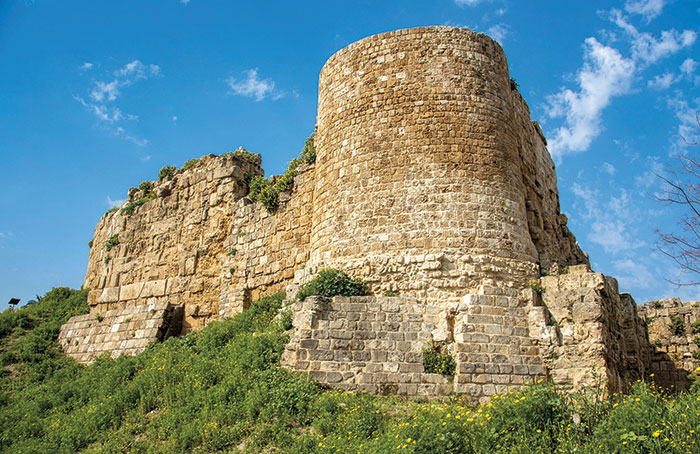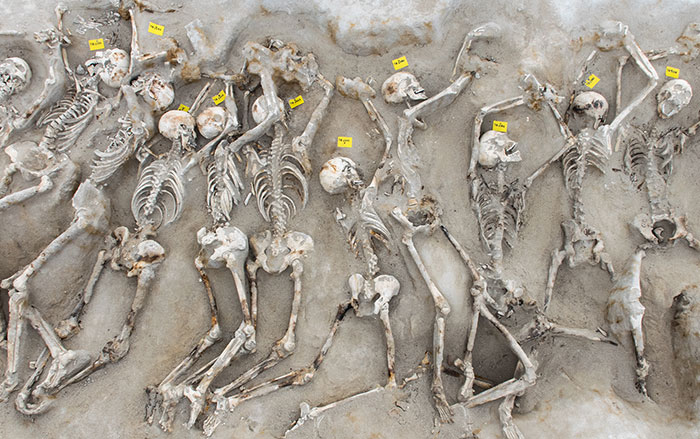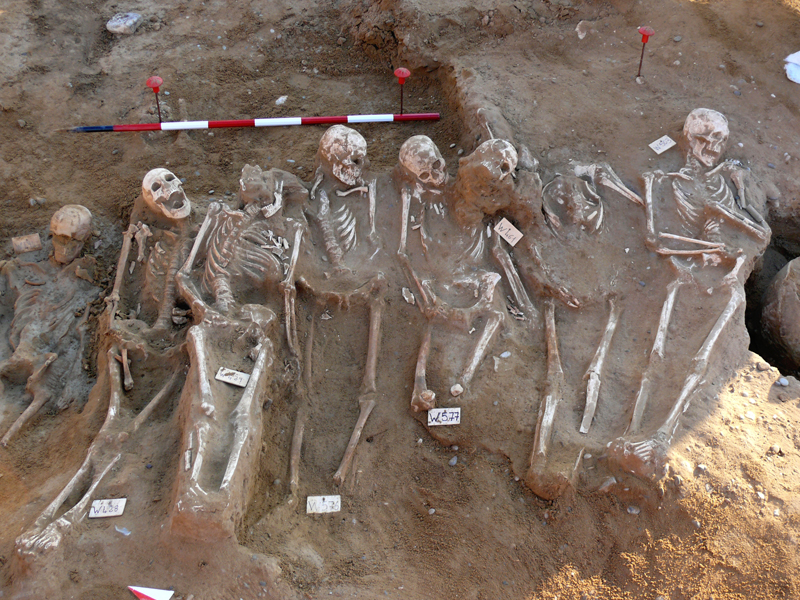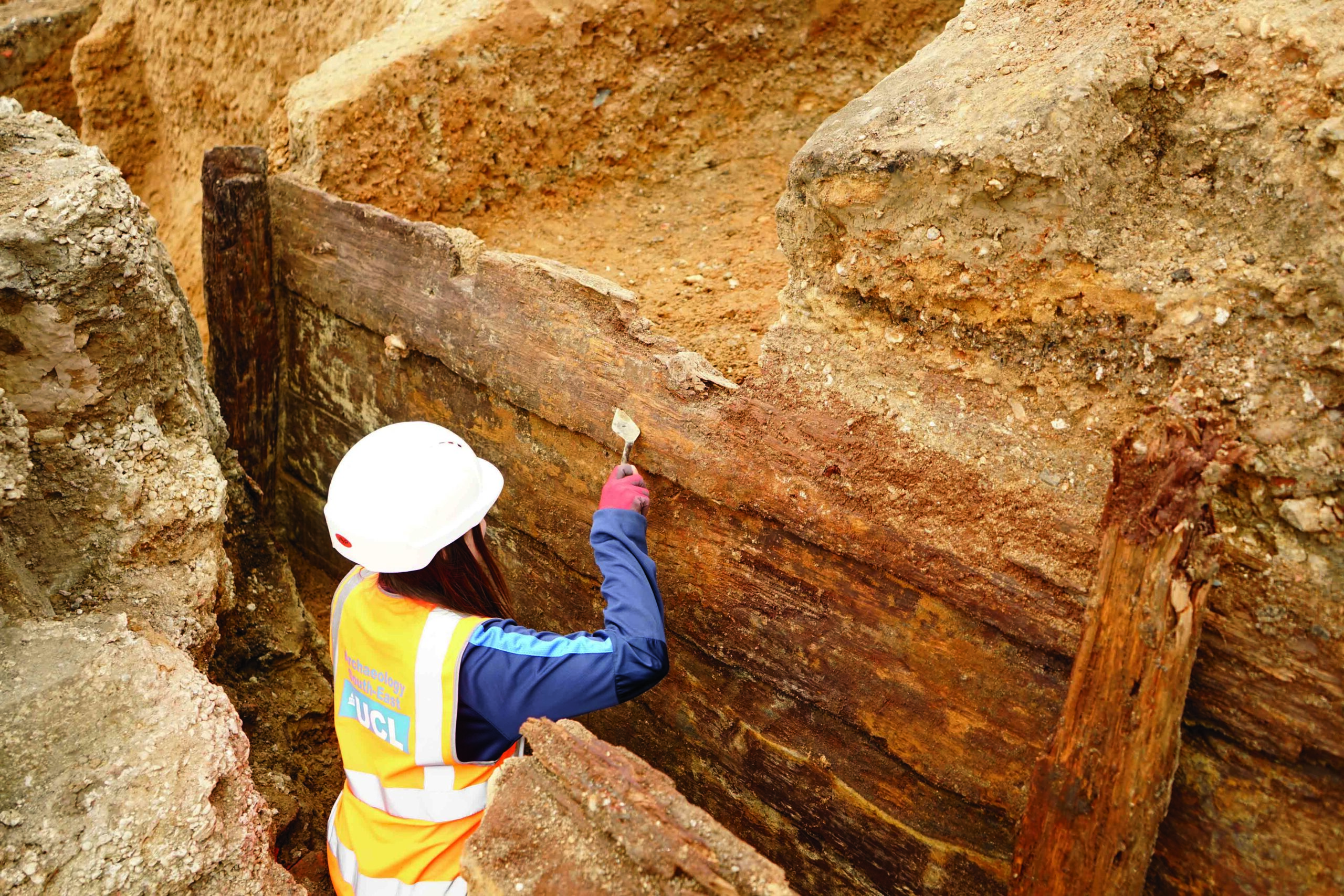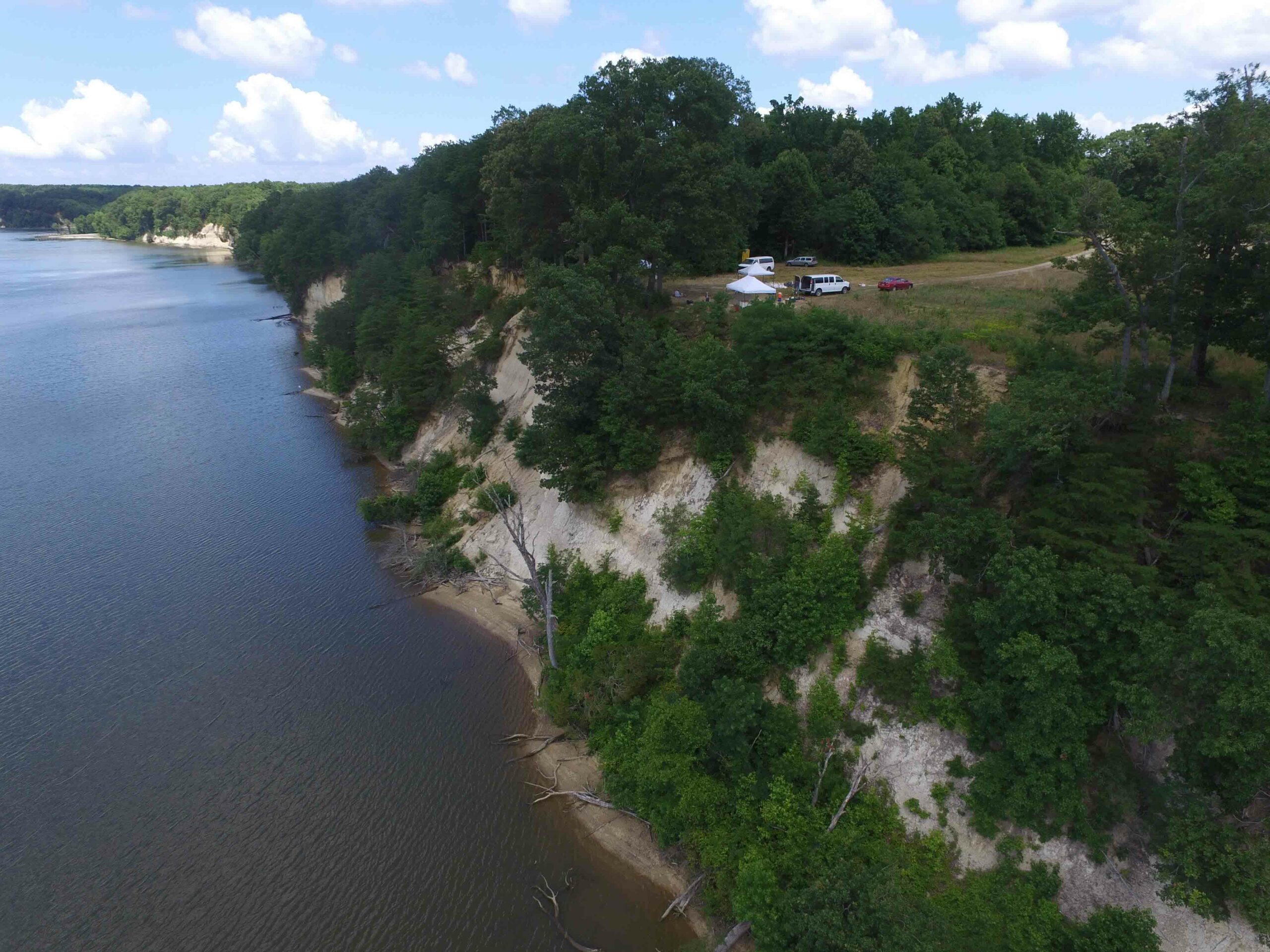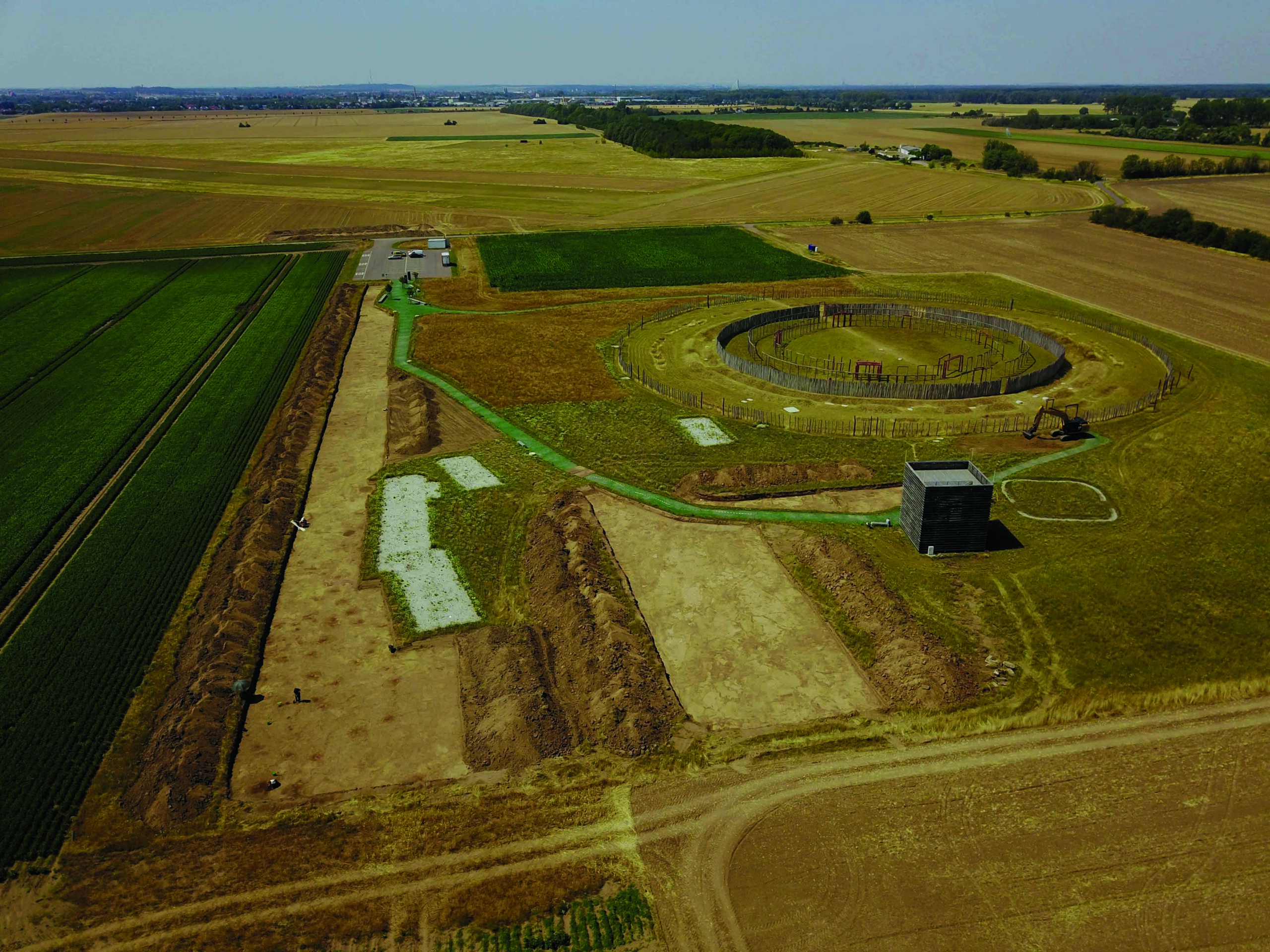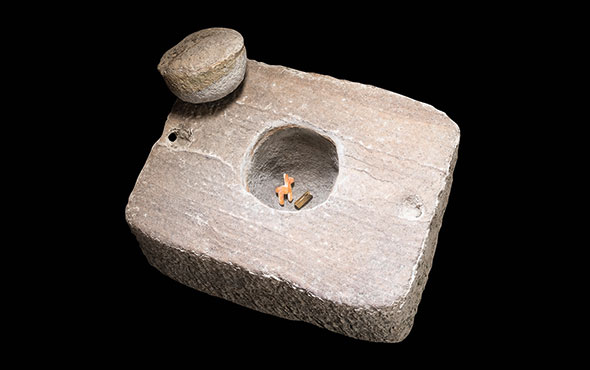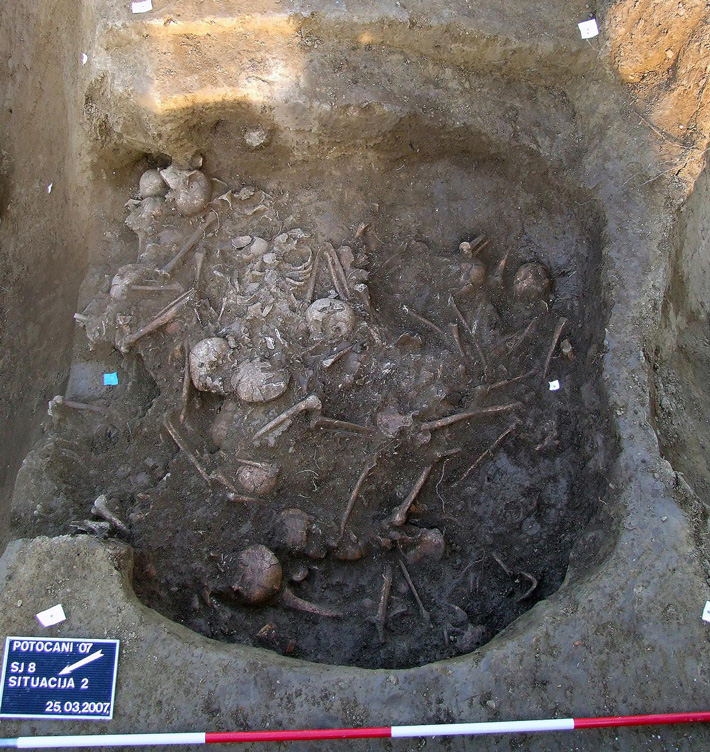
ZAGREB, CROATIA—According to a Gizmodo report, Mario Novak of Croatia’s Institute for Anthropological Research, Ron Pinhasi of the University of Vienna, and David Reich of Harvard University analyzed the remains and genomes of 38 people of the Lasinja culture who were buried in a mass grave in what is now eastern Croatia some 6,200 years ago. The Lasinja people, Novak explained, were descended from Anatolian farmers and hunter-gatherers from Western Europe. They raised cattle and other livestock and used metal, he added. The study suggests that the men, women, and children were executed with different types of weapons and tools before their bodies were disposed of all at once in the pit. Some of the people were related, including a young man, his two daughters, and a nephew, but most of the people were unrelated to each other. No weapons or tools were found in the pit, but the skulls show injuries from blunt force trauma, stabbing, piercing, and cutting. Novak suggests that an increase in population size, combined with climate change and drought, may have brought about conflicts over resources. “But, at this point we cannot tell with certainty,” he said. Read the original scholarly article about this research in PLOS ONE. To read about DNA analysis of victims of a massacre in Neolithic Poland, go to "We Are Family."


